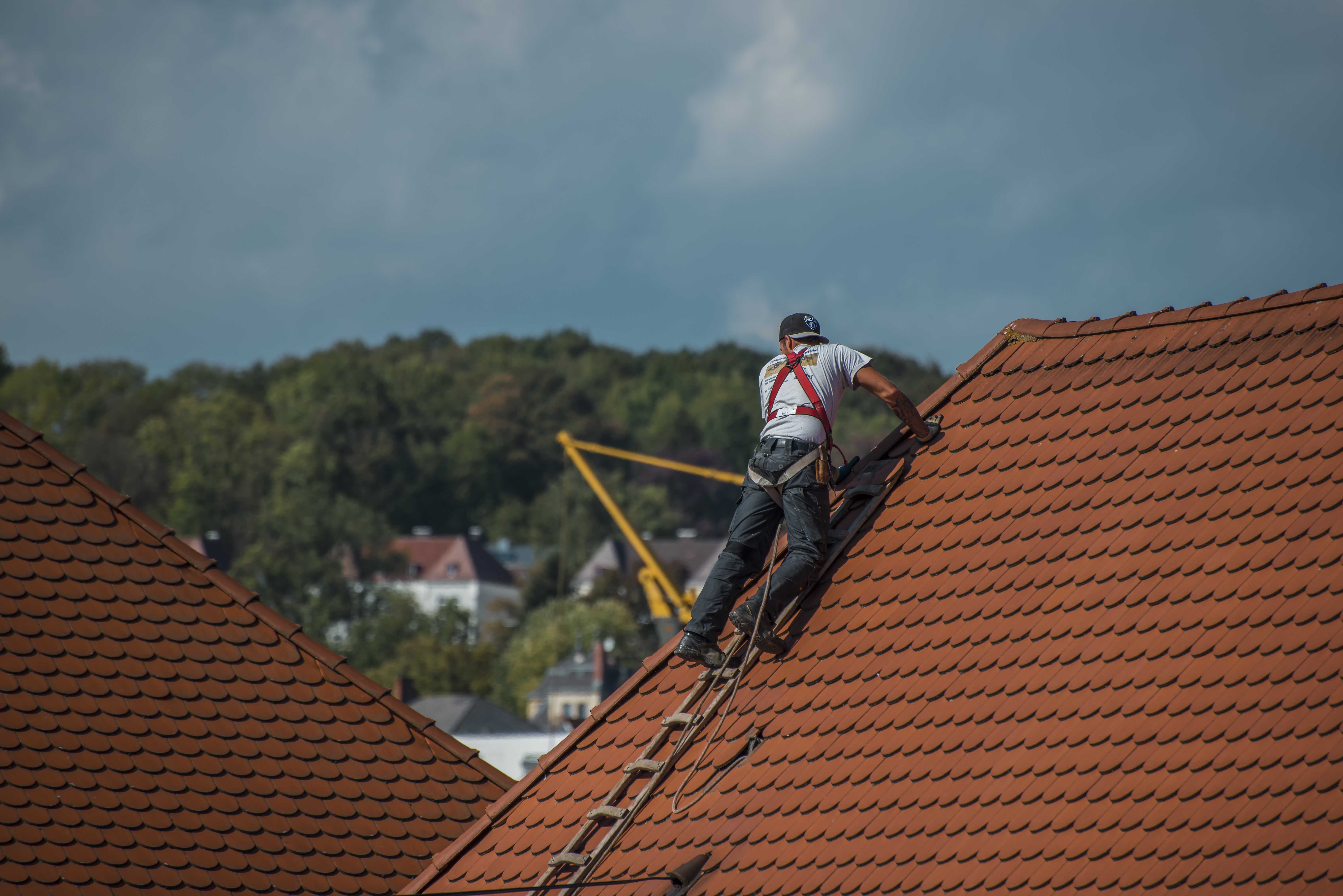In your excitement to complete a house move and rush to undertake all of the clearly necessary responsibilities, like packing boxes and hiring moving vans, you could overlook too many crucial “little things”. You might not notice that you have overlooked them until an inopportune moment…
For this reason, we have compiled a thorough checklist of small but vital tasks to which you ought to pay diligent attention before you become accustomed to your new life in your new residence.
Ask the previous owner the following questions…
As ensuring a good supply of gas and electricity is crucial to running a home, you shouldn’t neglect to ask someone where exactly you can find the gas and electricity meters. The person selling the house is an obvious person to ask – and they could also help you locate the thermostat and main stopcock.
It’s also wise to ask them what day the bins are collected and which company is responsible for your home’s energy and broadband. Otherwise, you won’t know who to turn to if an issue arises with any.
Get the Royal Mail to redirect your post
Of course, moving into a property also means leaving one – and, with someone else taking up residence there, there’s an urgency to redirecting post to prevent it falling into their hands.
Naturally, you should manually approach the organizations that regularly mail you and ask them to change your address details on their file. However, in the potentially long wait for those changes to be made, you could have Royal Mail temporarily redirect the post to your new address.
Thoroughly clean the home before moving into it
Sadly, as MoneySavingExpert.com attests, your new home could be disconcertingly dirty when you first enter it. Even a new build will look scattered with plaster chips and dust, while a pre-owned home will have grubby cupboards and fingerprints left by moving men taking items down the stairs.
If some blotches in the home appear to have resulted from a roof leak, Google “roofing repair companies near me” to get that opening patched before it worsens.
Register to vote and seek a new GP
You will need to make a few registrations after moving. If you are switching between parliamentary constituencies, you must register to vote in the new one – it doesn’t happen automatically.
You should also prioritize registering with a new local GP; if you hold off registering until you need treatment, you could face a delay in receiving it, Which? cautions.
Don’t forget to do these things after moving
Once the move is complete, you could still be left with a few loose ends. For example, if the new home’s cost outweighed £125,000 or – if this is your first property purchase – £300,000, there will be a stamp duty bill to pay within 30 days of the move.
You ought to also get the locks changed – or perhaps even the doors and windows fully replaced with strong uPVC alternatives – for bolstered security.
Read Also :






















